Chalazion
Eyelid cyst
Peer reviewed by Dr Colin Tidy, MRCGPLast updated by Dr Philippa Vincent, MRCGPLast updated 4 Sept 2024
Meets Patient’s editorial guidelines
- DownloadDownload
- Share
- Language
- Discussion
A chalazion is a small cyst that forms on the eyelid when an oil gland becomes blocked or inflamed. It is usually painless and mainly affects the upper eyelid.
In this article:
Key points
A chalazion is a small, painless lump (cyst) on the upper eyelid that forms when an oil gland gets blocked. It is not an infection, however it can become infected.
Most clear up on their own over a few weeks or months. Using a warm compress for 5-10 minutes, 3-4 times a day, and gently massaging the eyelid can help it heal faster.
If the chalazion doesn’t go away or keeps coming back, an eye specialist can treat it with a small steroid injection or minor surgery to remove it.
Continue reading below
What is a chalazion?
Eye with upper eyelid chalazion

A chalazion is a small (2-8 mm) swelling in the eyelid. It arises due to inflammation causing a reaction known as a "granuloma" - this is a swelling filled with white blood cells and other tissue. It is common and sometimes called a meibomian cyst or tarsal cyst. A chalazion is more common on the upper eyelid. It is possible to have several at once, in more than one eyelid. It is not the same as a stye.
Chalazion
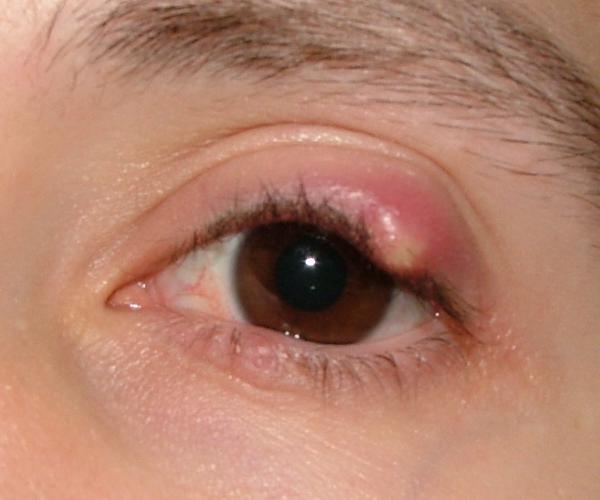
Kotek1986. Tsca.bot, CC BY-SA 3.0, via Wikimedia Commons
Chalazion vs Stye
A chalazion is caused by a blockage of a gland in the eyelid, whereas a stye is due to an infected eyelash follicle.
What is a chalazion?
Stye vs Chalazion vs Hordeolum
A hordoleum is another word for a stye. These can be internal (an infection of the Meibomian gland) or external (an infection of the eyelash follicle) A chalazion is not an infection but is an inflammation. Sometimes it can be difficult to tell the difference between an internal hodoleum (stye) and an inflamed chalazion but the treatment for them both is the same.
Chalazion causes
There are tiny glands just under the inner surface of the eyelid, called meibomian glands. These make an oily fluid called meibum to help lubricate the eye.
If the gland becomes blocked then the meibum cannot escape into the tears. It may expand into a swelling and leak into the eyelid tissue. This becomes inflamed. Over time, inflammation causes a lump (or granuloma) to form in the eyelid. This is a firm, solid lump that remains for a long time. This lump is the chalazion.
Chalazion is more common in people who have an eye condition known as blepharitis, or skin conditions such as eczema, because in these conditions the meibum tends to be thicker so the gland is more easily blocked.
It is most commonly found in adults between the ages of 30 and 50.
See the separate leaflets called Stye and Blepharitis for more details.
Continue reading below
Chalazion symptoms
The usual symptom is a small lump which develops on an eyelid.
It often is red and the surrounding area might be a little swollen.
Sometimes it causes mild pain or irritation, particularly if it has just started - this usually settles.
It sometimes gets infected and then becomes more swollen, red and painful.
Sight is not affected, although very occasionally it can be big enough to be noticeable at the edge of the vision.
Chalazion treatment
No treatment may be necessary as up to half of people get better without any treatment. This can take between two and six months but if the chalazion is not causing any problems, it is best just to watch and wait. Further treatment options include:
Warm compresses can help to reduce discomfort and also may disperse the chalazion. A clean flannel that has been in hot water should be held gently but firmly against the closed eye for 5-10 minutes, 3-4 times a day. The flannel cools quickly so should be warmed again regularly. This warmth and slight pressure may be enough to soften the contents of the fluid-filled swelling (cyst), helping it drain more easily. (The water should be hot but comfortable and not scalding.)
Antibiotic ointments, drops and medicines are not recommended as they do not make any difference - the contents of the cyst are infection-free. If the chalazion does become infected, antibiotic drops can sometimes be helpful.
Massage of the cyst after using a hot compress can encourage the cyst to drain. To do this, gently massage with a clean finger or cotton bud, in the direction of the eyelashes.
Cleaning the eyelid twice per day removes grease and dead skin cells that may contribute to cysts forming. A weak solution of baby shampoo in warm water is ideal and a cotton bud can be used to clean the eyelids with this.
A small operation is an option if it is troublesome or persistent. A referral to an ophthalmologist is needed and the operation is usually done under local anaesthetic, although children and some adults may not tolerate this and may require general anaesthetic. The eyelid is numbed. A small cut is then made on the inside of the eyelid to release the contents of the cyst and it is scraped out. After surgery antibiotic drops or ointment are commonly prescribed.
An injection of a steroid directly into the chalazion is another type of treatment which is less invasive and can be successful.
Continue reading below
Are there any complications?
Most chalazia cause no problems. A cyst can become infected.
Rarely, this infection can spread to involve the whole eyelid and tissues surrounding the eye. The eyelid may be very swollen and red. It might be difficult to open the eye and there may be a lot of pain and a high temperature (fever). This type of complication is called orbital cellulitis and it is important to seek urgent medical advice, usually in an emergency department of a hospital. Treatment of orbital cellulitis is with antibiotics, usually into a vein (intravenously) via a drip, in hospital.
Will it happen again?
A chalazion usually only occurs once. However, some people are prone to developing them and they may recur. It is sometimes possible to prevent a chalazion developing by using a hot compress on the eyelids (described above) and massaging the eyelids each morning.
Frequently asked questions
What triggers a chalazion?
A chalazion is often triggered by a blocked oil gland in the eyelid. This can happen after a stye or due to conditions like blepharitis, oily skin, or poor eyelid hygiene.
Are chalazia contagious?
No, chalazia are not contagious. They form when an oil gland in the eyelid becomes blocked, not from an infection that can spread to others.
Can a chalazion be dangerous?
A chalazion is not usually dangerous and often clears on its own. However, if it becomes very large, painful, or affects your vision, it’s best to see a doctor for advice.
Will the NHS remove a chalazion?
Yes, the NHS can remove a chalazion if it doesn’t go away on its own or keeps coming back. Minor surgery may be offered if warm compresses and other treatments haven’t worked.
Patient picks for Eyelid problems
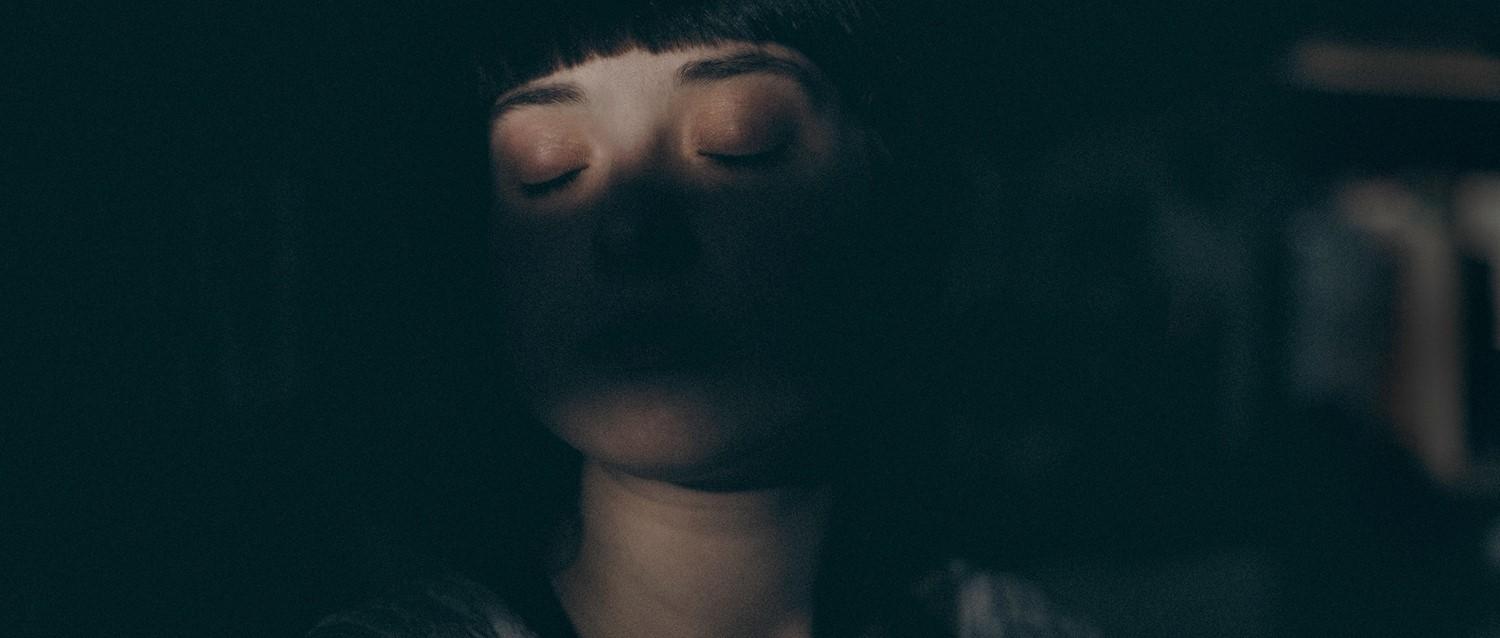
Eye health
Swollen eyelid
A swollen eyelid is a very common symptom, and is usually due to allergy, inflammation, infection or injury. Swelling happens when fluid collects in the tissues around your eye. This leaflet discusses the reasons why eyelids might swell and how to treat them. Dr Mary Lowth is an author or the original author of this leaflet.
by Dr Philippa Vincent, MRCGP
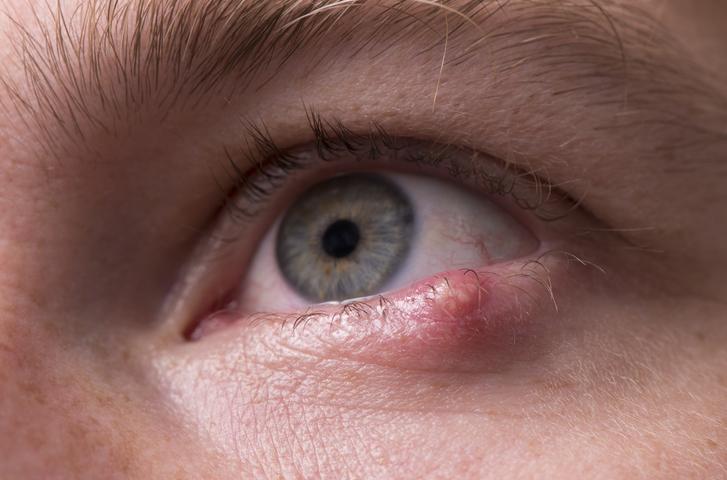
Eye health
Stye
A stye is a small painful red lump on the edge of the eyelid. Most styes get better on their own and do not need medical treatment. Hot compresses can ease the pain and encourage the stye to burst.
by Dr Hayley Willacy, FRCGP
Further reading and references
- Meibomian cyst (chalazion); NICE CKS, April 2024 (UK access only)
- Carlisle RT, Digiovanni J; Differential Diagnosis of the Swollen Red Eyelid. Am Fam Physician. 2015 Jul 15;92(2):106-12.
Continue reading below
Article history
The information on this page is written and peer reviewed by qualified clinicians.
Next review due: 3 Sept 2027
4 Sept 2024 | Latest version
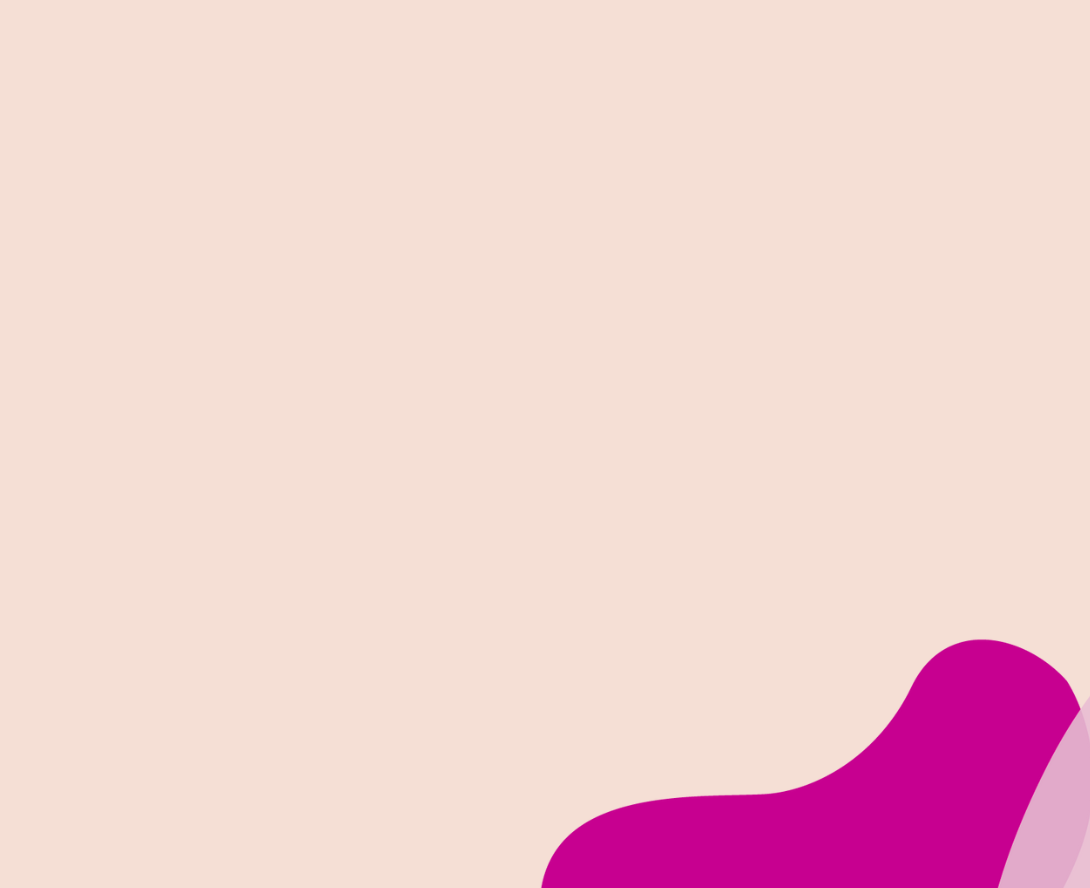
Ask, share, connect.
Browse discussions, ask questions, and share experiences across hundreds of health topics.
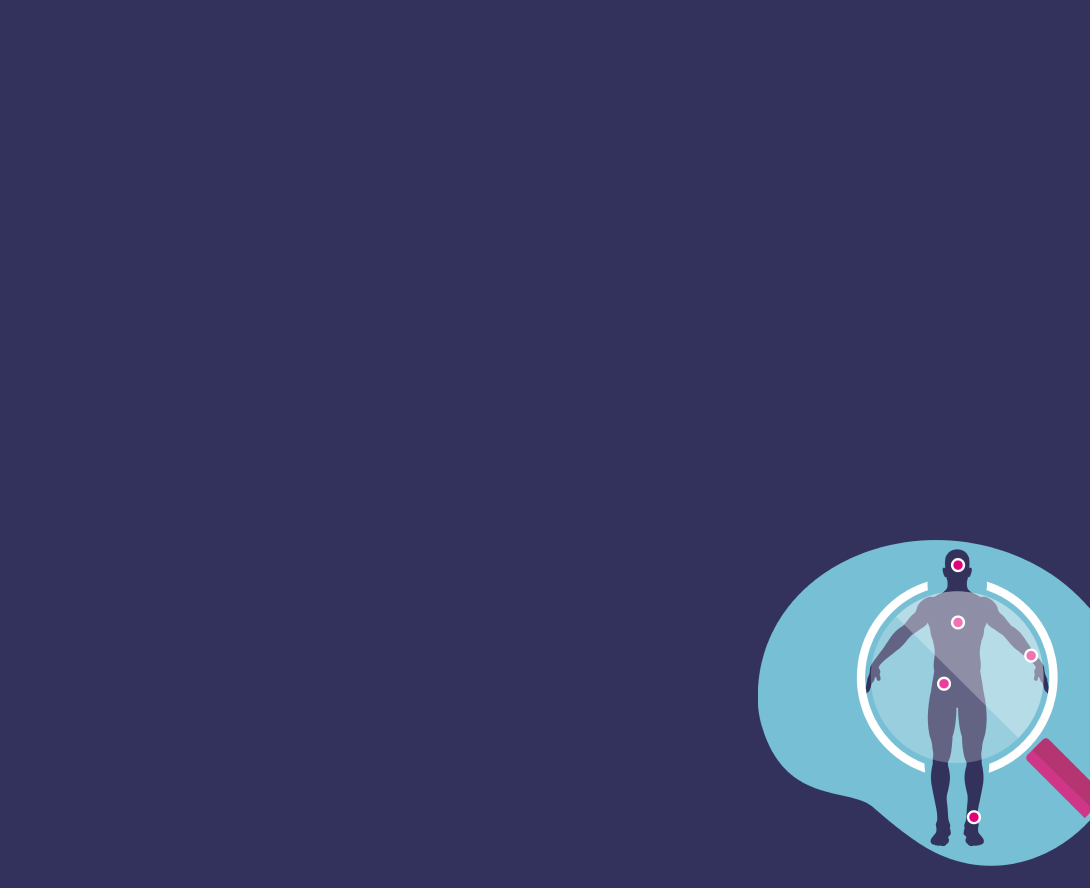
Feeling unwell?
Assess your symptoms online for free
Sign up to the Patient newsletter
Your weekly dose of clear, trustworthy health advice - written to help you feel informed, confident and in control.
By subscribing you accept our Privacy Policy. You can unsubscribe at any time. We never sell your data.